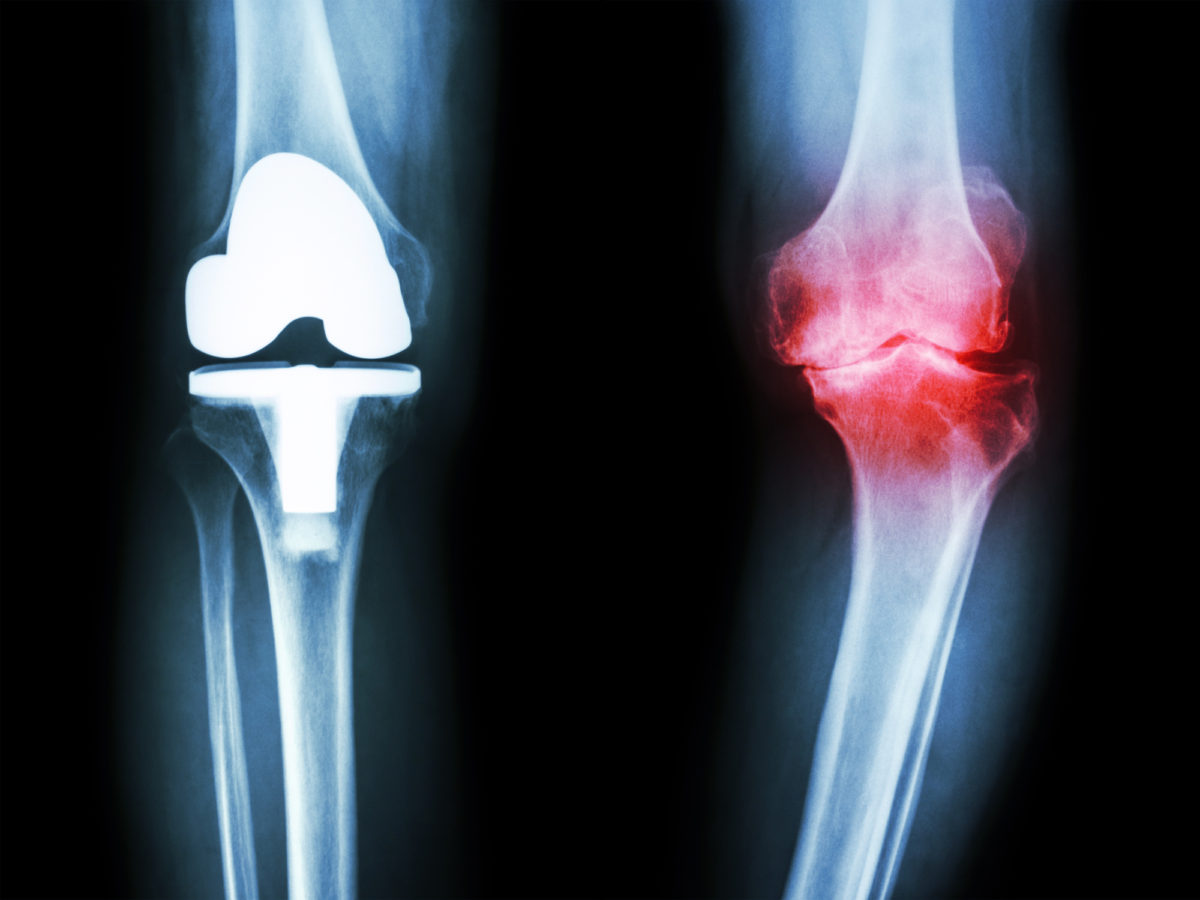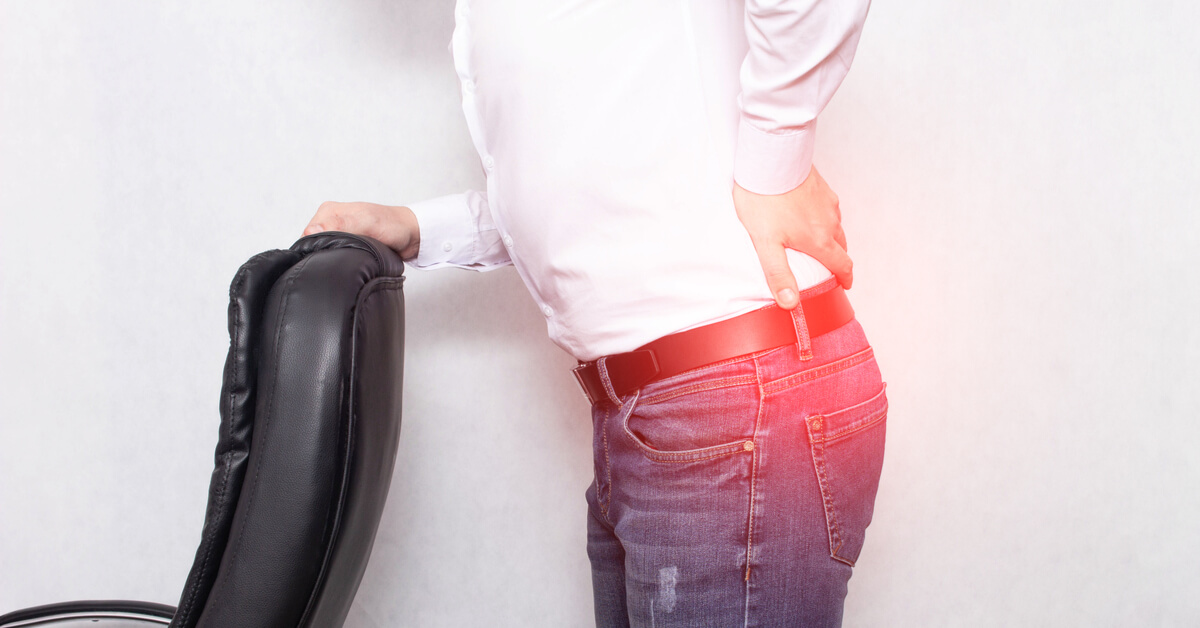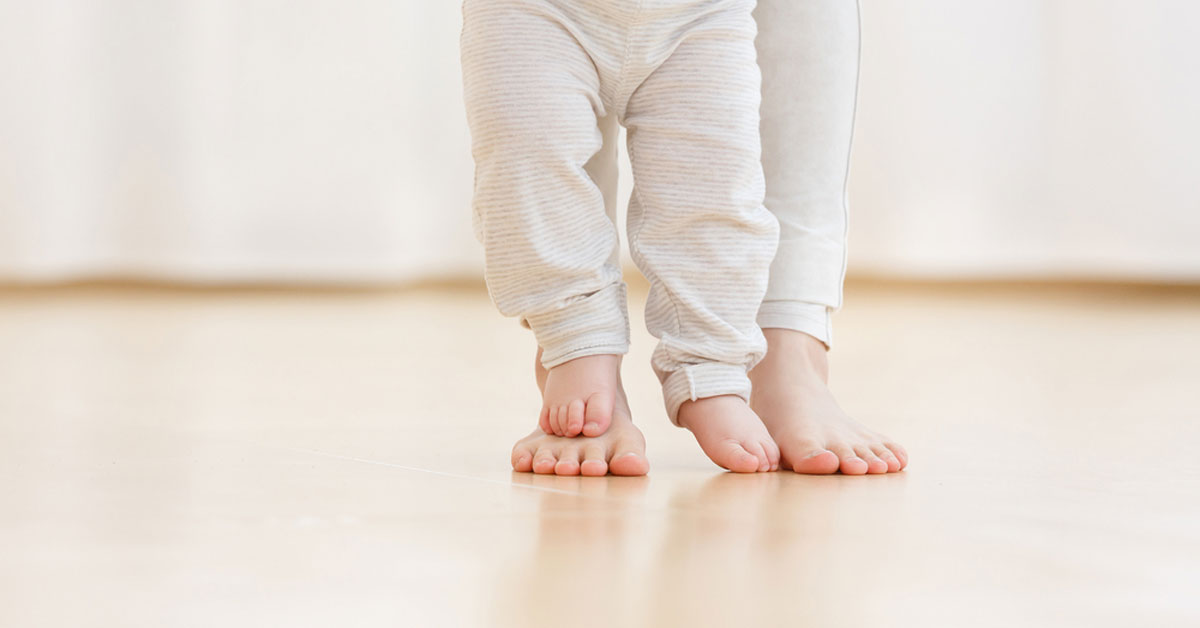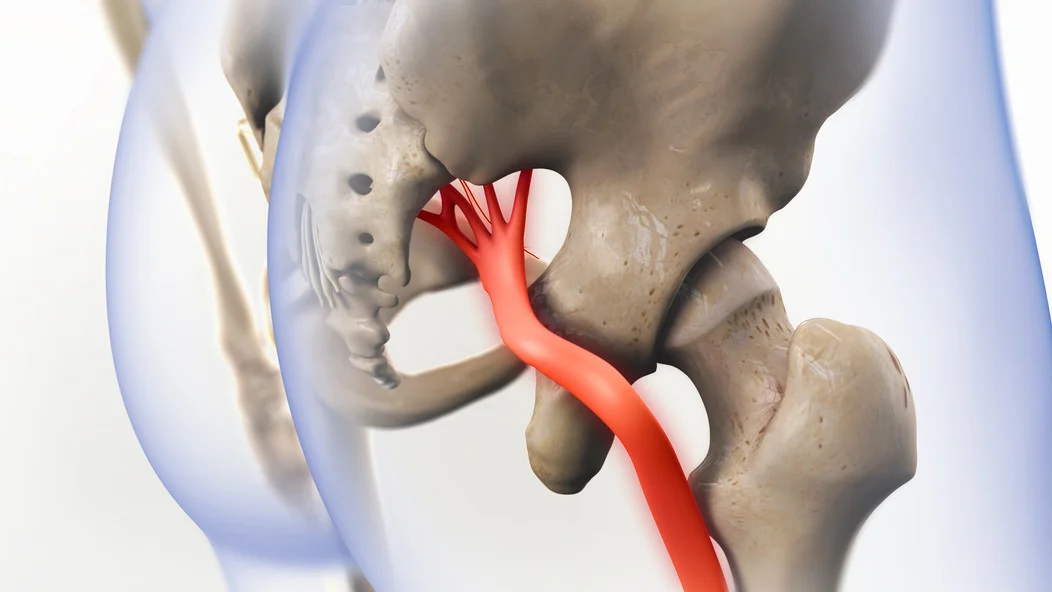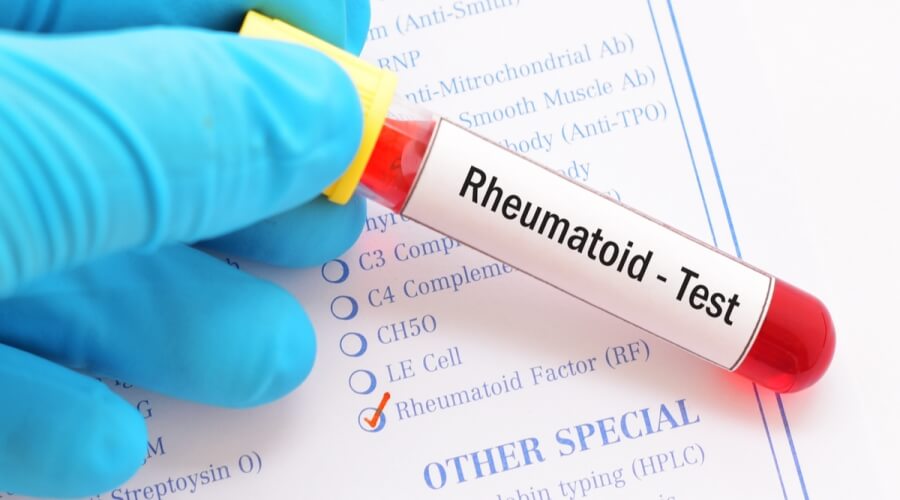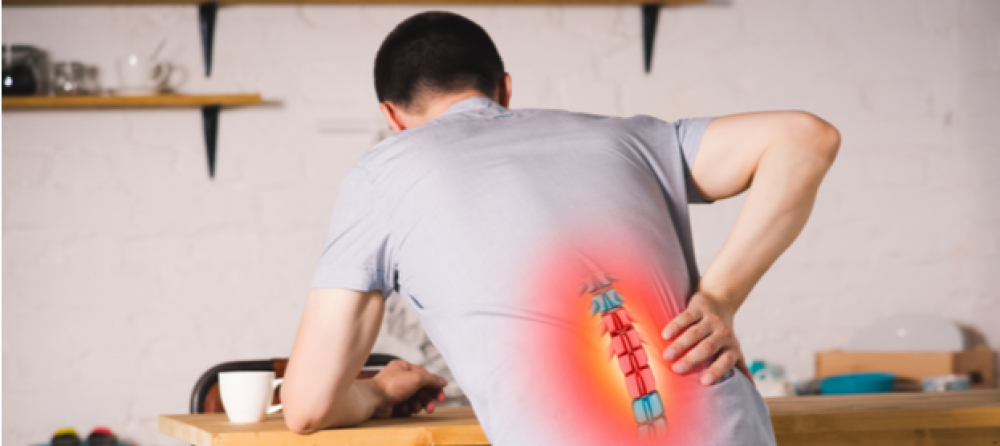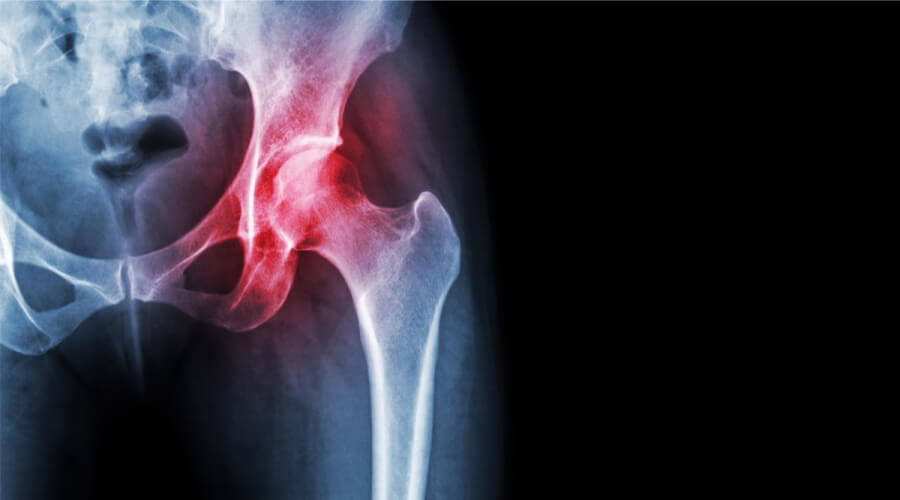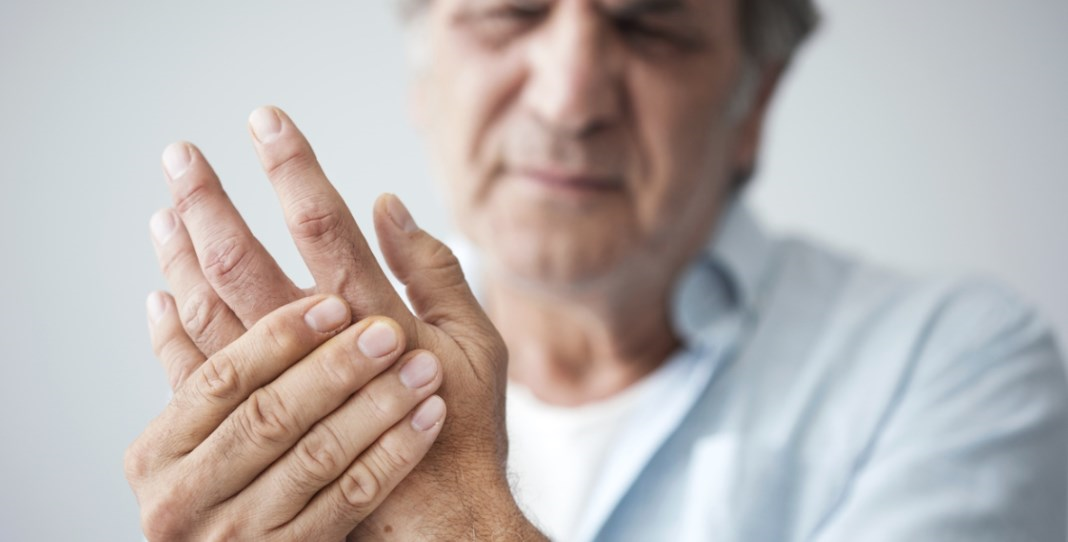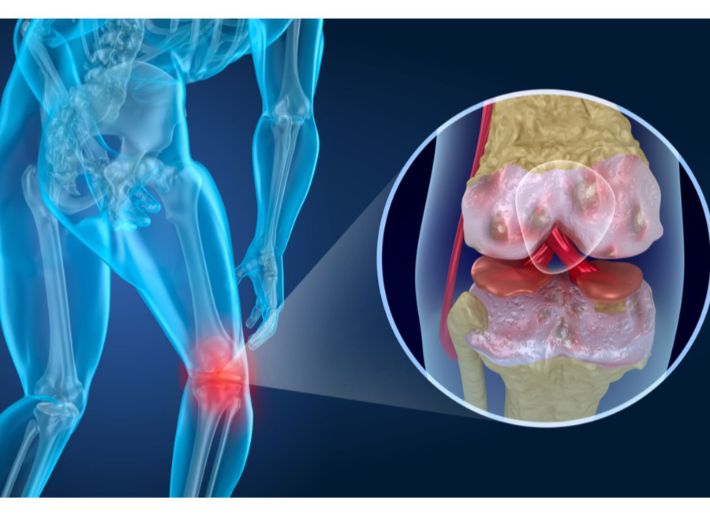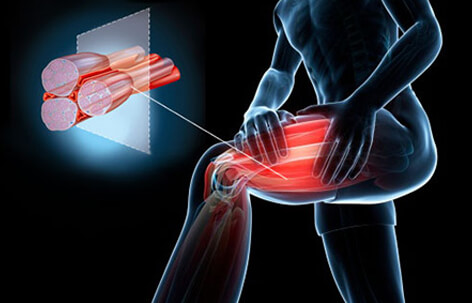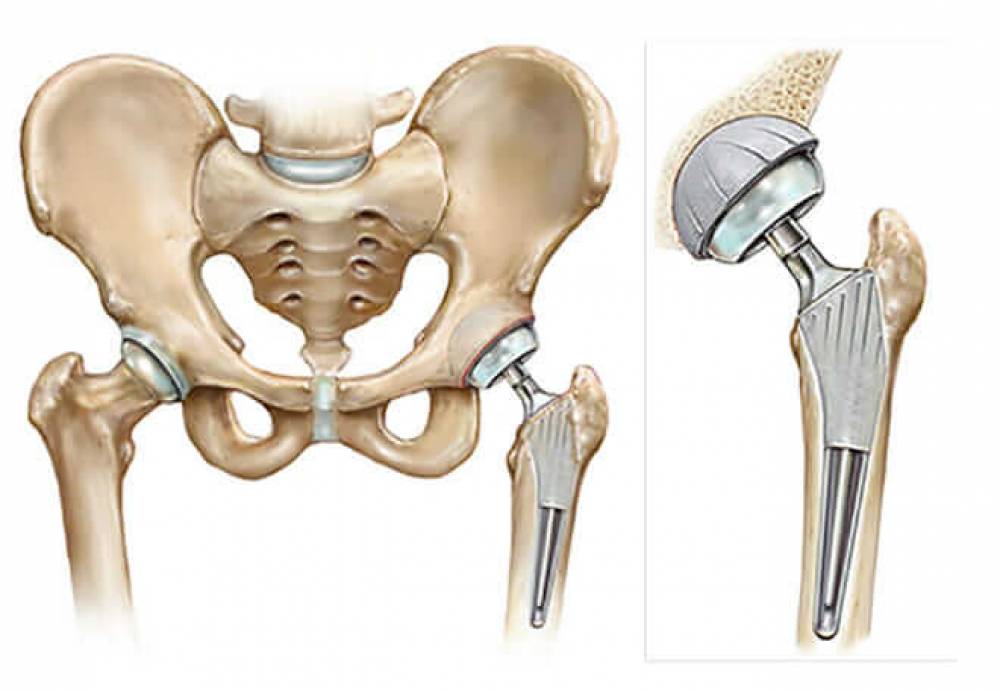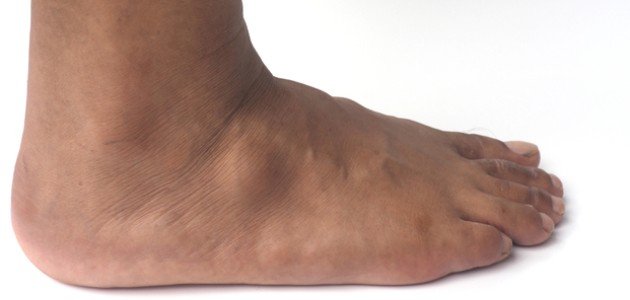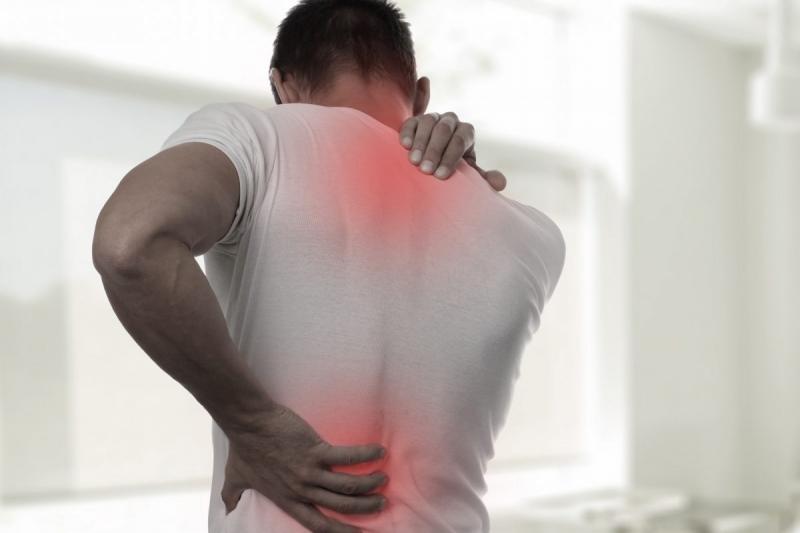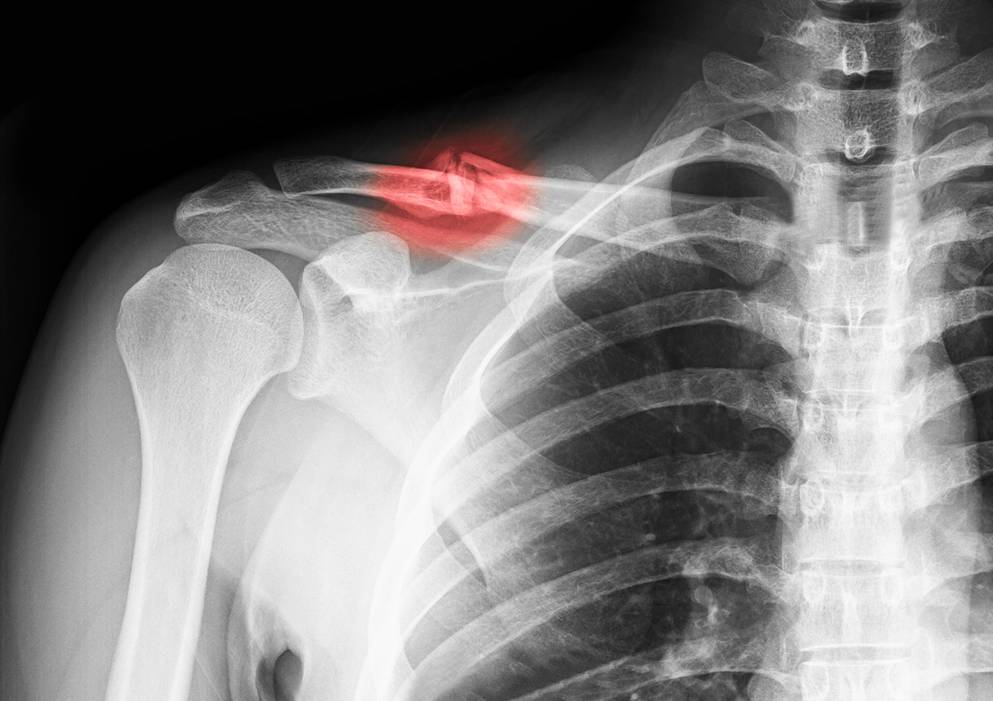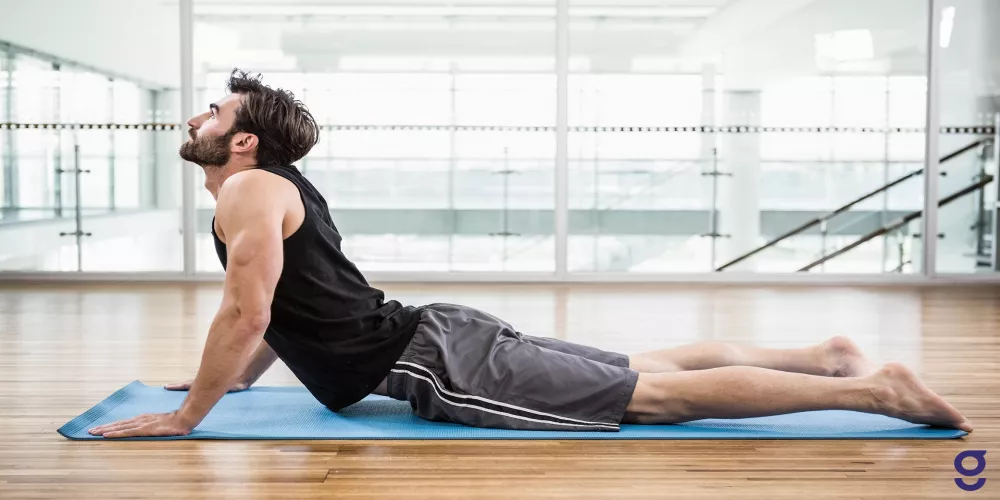How to Treat Hyperhidrosis and What You Need to Know About Laser Sweat Ablation!
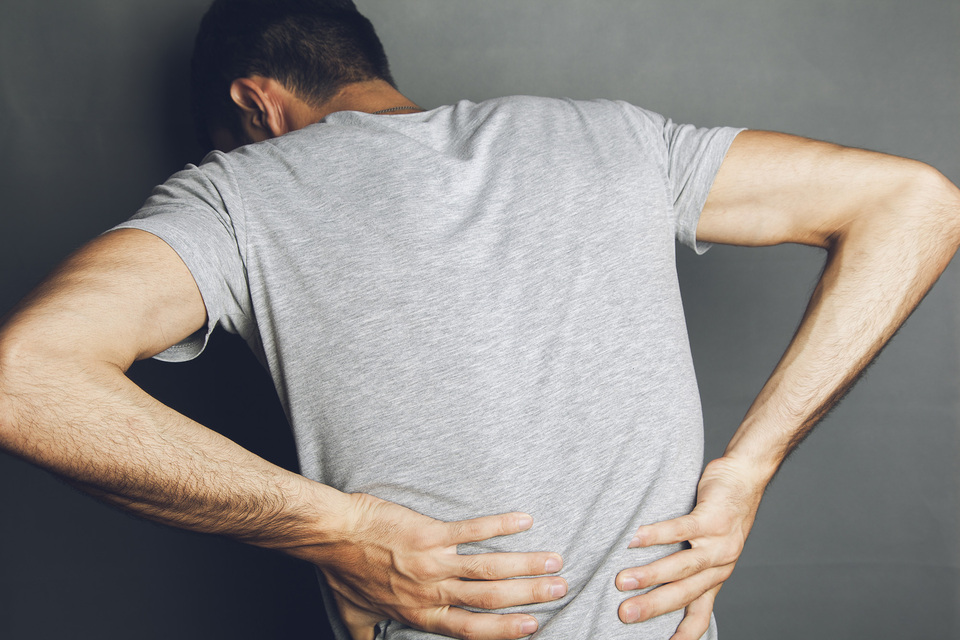
Treating Hyperhidrosis Naturally
Hyperhidrosis is a problem that many people suffer from, characterized by excessive and uneven sweating in specific areas of the body such as the armpits, feet, and hands. If you’re dealing with hyperhidrosis and looking for natural ways to treat it, here are some helpful tips:
- Use cornstarch: Cornstarch is considered an effective way to control excessive sweating. Mix a teaspoon of cornstarch with a small amount of water to form a paste. Apply the paste to the affected areas of the body and let it dry completely. Then wash the area with lukewarm water. You’ll notice a significant reduction in sweating levels with regular use of this method.
- Drink mint tea: Mint contains a refreshing compound that helps reduce excessive sweating. You can drink a cup of mint tea made from mint leaves daily to get rid of hyperhidrosis. You can also use mint oil for massaging the affected areas to soothe the skin and reduce sweating.
- Use white vinegar: White vinegar is considered one of the best natural remedies to combat excessive sweating. Dilute two tablespoons of white vinegar in a cup of warm water and apply it to the affected area with a cotton ball. You can use this method daily to control hyperhidrosis.
- Avoid spicy foods and stimulants: Consuming spicy foods and stimulants like coffee and tea can exacerbate excessive sweating. Try to reduce your consumption of these foods and beverages to minimize the problem of hyperhidrosis.
- Maintain personal hygiene: Keeping your body clean and thoroughly drying the affected areas after showering can help reduce hyperhidrosis. Use absorbent body drying products to remove excess moisture from the skin and prevent the growth of odor-causing bacteria.
How to Treat Hyperhidrosis at Home?
Hyperhidrosis is a common health issue that many people suffer from, causing discomfort and annoyance for those affected. Hyperhidrosis can be accompanied by symptoms such as excessive sweating, unpleasant odor, itching, and redness in the armpit area, and skin irritation.
There are several home remedies that can be followed to treat hyperhidrosis effectively, including:
- Use cornstarch: Cornstarch is an effective option for treating hyperhidrosis. Mix cornstarch with a small amount of water to form a paste. Apply the paste to the affected area and leave it on for a few minutes before rinsing it off with warm water. This treatment can be repeated several times a day for best results.
- Use fenugreek powder: Fenugreek powder is also a popular home remedy for treating hyperhidrosis. Mix fenugreek powder with water to create a paste. Apply it to the affected area for 10-15 minutes before rinsing it off with lukewarm water. It is recommended to repeat this treatment daily to completely get rid of hyperhidrosis.
- Use apple cider vinegar: Apple cider vinegar is a natural antibacterial and antiseptic agent that can be used to treat hyperhidrosis. Apply a cotton ball soaked in diluted apple cider vinegar to the affected area for a few minutes, then rinse it thoroughly with water. It is advisable to repeat this treatment twice a day for best results.
- Use cinnamon powder: Cinnamon powder is one of the effective remedies for getting rid of hyperhidrosis. Mix cinnamon powder with a little water to form a paste and apply it to the affected area. Leave this treatment on for a few minutes before rinsing it off with warm water. It is recommended to repeat this treatment daily for effective results.
In addition to these methods, it is also advisable to follow some other guidelines to alleviate hyperhidrosis, such as avoiding tight clothing, using natural antiperspirants, and avoiding spicy foods that trigger sweating.
How Do I Know If I Have Hyperhidrosis?
How do you know if you suffer from hyperhidrosis? Here is a list of common signs and symptoms that may indicate the presence of this problem:
- Moisture and skin redness: Moisture and redness in sensitive areas are a key indicator of hyperhidrosis. You may feel that your skin appears wet, and a thin layer of sweat is visible on the surface.
- Itching and burning: Hyperhidrosis is often accompanied by intense itching and severe burning in affected areas such as the armpits, thigh area, and between the breasts. The person may experience significant discomfort and a strong urge to scratch or peel the affected skin.
- Unpleasant odor: Hyperhidrosis can also lead to an unpleasant and unwanted odor. This occurs due to the excessive proliferation of bacteria on the moist skin.
- Heaviness and discomfort: Feeling heavy and uncomfortable in the areas affected by hyperhidrosis is common. It can affect your daily movements and cause discomfort and agitation.
- Skin irritation: Hyperhidrosis occurs when sweat accumulates in moist and warm areas between the folds of the skin. This can lead to skin irritation and the appearance of a skin rash.
If you regularly experience any of these symptoms and they are accompanied by shortness of breath or difficulty in movement, it is important to consult a doctor immediately. There may be other conditions with symptoms similar to hyperhidrosis that require additional medical care.
There are several ways you can manage hyperhidrosis and alleviate the symptoms. Doctors may recommend the following:
Use of baby powder or cornstarch to absorb moisture in sensitive areas. Wearing clothing made of natural cotton fibers that allow the skin to breathe. Avoiding tight-fitting clothes made of synthetic materials that trap heat and sweat. Taking care of your personal hygiene and thoroughly drying the affected area after bathing. Avoiding exposure to extreme heat and high humidity whenever possible.
Is Hyperhidrosis in the Right or Left Hand?
When looking at the human body, we can find that there are some natural variations among individuals. One of these variations is hyperhidrosis in the right or left hand. When it comes to hands, many people believe that sweat is produced in equal amounts on both the right and left sides; however, there may be differences among individuals in this regard.
For example, some individuals may notice that they sweat more on the right side compared to the left, while others may experience the opposite, sweating more on the left side. This difference may be related to various factors, including genetics, environment, and physical activity.
Genetics play a significant role in determining the distribution of sweat on both sides. Scientific studies have estimated that there is a genetic influence on the proportion of sweat on both sides. You may have a different distribution of sweat glands in your right hand compared to your left, leading to an increase or decrease in sweat on that side.
Furthermore, environmental factors and physical activity can also affect the distribution of sweat on both sides. For instance, you may notice that you sweat more on the right side when engaging in specific physical activities such as intense exercise. This is due to increased sweating as a response to physical stress and heat generated during exercise.
In the end, it’s essential to remember that hyperhidrosis in the right or left hand is an individual characteristic that can vary from person to person. Some may believe that there are other factors influencing these differences, but there is no conclusive evidence for such factors at this time. Enjoy observing these variations and consider them a unique feature and an opportunity to better understand your body.
What Are the Causes of Spider Veins?
Spider veins are a common medical condition that many people experience, characterized by the appearance of small, visible veins beneath the skin’s surface. This condition can be embarrassing and bothersome for many individuals and may have negative effects on both overall health and mental well-being.
The possible causes of spider veins are multifaceted and diverse. These veins may result from the buildup of pressure and tension in the veins and arteries, leading to their dilation and noticeable appearance. Additionally, genetic factors may play a significant role in the development of spider veins, as individuals with close family members affected by this condition may have a genetic predisposition.
Other potential causes of spider veins may include hormonal changes in the body. When a person experiences fluctuations in hormone levels, especially estrogen and progesterone, it can lead to the expansion and dilation of veins, making spider veins more visible.
Some other factors that may contribute to the appearance of spider veins include weight changes, digestive disorders, continuous exposure to high heat and humidity, and high-altitude locations. These factors can increase the dilation and enlargement of veins, making spider veins more apparent.
Several methods are available for managing spider veins and reducing their appearance and associated symptoms. Topical treatments, including cosmetics containing anti-inflammatory and redness-reducing ingredients, can be used. Additionally, laser therapy, ultrasound therapy, and varicose vein treatments can be tried to control enlarged veins.
In the end, individuals who experience spider veins should consult a specialist to evaluate their condition, identify contributing factors, and guide them toward appropriate steps for management. Remember that maintaining a healthy lifestyle and regular physical activity can play a significant role in preventing and reducing the appearance of spider veins.
Can Walking Help Treat Spider Veins?
Spider veins can be bothersome for many individuals, but did you know that walking can help in treating this issue? Yes, it’s true! Walking has numerous benefits for both the body and the mind, and it can be an effective treatment for spider veins. Here’s a list of reasons that make walking beneficial for addressing this problem:
- Improved blood circulation: Walking helps improve blood flow in the body, which can contribute to better circulation in areas affected by spider veins. This can help reduce swelling, inflammation, and redness associated with this condition.
- Muscle strengthening: Walking is a simple and effective exercise for strengthening muscles. When your body’s muscles are stronger, they may better support the skin in handling the pressure of excess fluids and increased perspiration.
- Weight loss: If you’re dealing with excess weight, walking can help you shed those extra pounds. Weight loss can reduce the pressure on the skin, thus lowering the likelihood of spider veins.
- Mood enhancement: Walking has a calming effect on the mind and body. It can improve your mood, reduce stress, and alleviate anxiety, which is important for those dealing with spider veins and related psychological issues.
- Hormone regulation: Spider veins can be a result of hormonal imbalances in the body. Some believe that walking can help regulate hormone levels, potentially improving the condition of spider veins.
In general, regular walking should be incorporated into your daily routine, and maintaining a healthy lifestyle is essential. If spider veins significantly affect your daily life, you can also consult a doctor for their professional advice and treatment recommendations.
Take advantage of the opportunity and make walking a part of your daily routine. You may find that spider veins improve significantly. Don’t forget to wear comfortable clothing and stay hydrated while walking. Start slowly and gradually increase your time, and enjoy the positive impact of walking on your health!
Does Night Sweating Increase with Spider Veins?
Many people experience night sweats, a condition characterized by intense muscle, joint, and nerve pain during the night. With the increasing prevalence of this condition, many wonder if spider vein pain also increases at night.
While research in this area is still limited, some studies suggest that the relative pain experienced by individuals with spider veins may indeed increase at night. One possible reason is that the body is in a relaxed state during the night, making the pain more prominent. Additionally, psychological emotions and nighttime stress might contribute to increased pain.
There are also specific health conditions that can cause an increase in nighttime spider vein pain. For instance, individuals suffering from sleep disorders such as insomnia or restless leg syndrome may experience heightened pain during the night. Furthermore, muscle and nerve inflammations or injuries can also lead to increased nighttime pain.
To manage nighttime spider vein pain effectively, individuals are advised to take certain health measures. These include consuming a healthy and balanced diet, engaging in appropriate physical exercises, and avoiding excessive physical exertion before bedtime. Individuals can also use relaxation techniques like massage and meditation to alleviate pain.
It’s also essential for individuals experiencing frequent and bothersome nighttime spider vein pain to consult their doctor. There may be other treatments that can help reduce pain and improve sleep quality. A thorough evaluation and accurate diagnosis by a doctor are crucial before any treatment is prescribed.
Therefore, although research in this field is ongoing, it’s important to note that spider vein pain may increase at night in some cases. People who experience this condition should investigate the contributing factors and take necessary steps to alleviate pain and improve their nighttime quality of life.
What Is Pseudoephidrosis?
What is pseudohidrosis? Pseudohidrosis is a common phenomenon that occurs in some people when they start to sweat excessively and abnormally without any physical exertion justifying it. While the appearance of excessive sweating may be bothersome, pseudohidrosis typically does not pose a health risk. Many cases are considered normal and occur from time to time.
In this list, we’ll delve into the potential causes and effective ways to manage pseudohidrosis:
- Hormonal Changes: Fluctuations in hormone levels are one of the causes of pseudohidrosis. Women who suffer from thyroid gland disorders, lymph node issues, or ovarian problems may be more susceptible to this phenomenon. However, consulting a doctor is advised to diagnose any potential hormonal disorders and provide appropriate treatment.
- Medications: Medications used to treat neurological or psychological disorders, such as anxiety and depression, can be among the potential causes of pseudohidrosis. In some cases, doctors may recommend adjusting medication dosages or switching to alternative treatments to alleviate this phenomenon.
- Environmental and Psychological Factors: Many women face psychological and emotional stressors in their daily lives, and these factors can also contribute to increased sweating. Improving stress management skills and relaxation techniques, such as deep breathing and practices like yoga or pilates, may help reduce pseudohidrosis.
- Natural Remedies: Some natural remedies may assist in dealing with pseudohidrosis, such as consuming calming herbal beverages like green tea or anise. Wearing clothing made of cotton or natural fibers can also help absorb sweat and reduce body odor.
- Consultation with a Doctor: If pseudohidrosis persists and significantly impacts a person’s life, it is advisable to consult a doctor. Doctors usually offer advice and guidance to alleviate symptoms and determine appropriate treatment.
Pseudohidrosis may be bothersome for some, but in most cases, it does not pose a health risk. Understanding the potential causes of this phenomenon and adopting effective coping strategies can be helpful. If it significantly affects your life, it is recommended to seek care from your doctor.
What Are the Risks of Night Sweats?
When discussing the risks of night sweats, we need to focus on several aspects related to the physical and psychological health of individuals, particularly women. Night sweats are a phenomenon that occurs when a person is exposed to embarrassing situations, extreme physical exertion, or intense psychological stress, and the effects of this phenomenon manifest in both the body and mind.
Among the physical risks that women may face due to night sweats are headaches, dizziness, nausea, feelings of fatigue, and general weakness. People who are frequently exposed to night sweats may experience digestive system disorders such as abdominal pain, diarrhea, and vomiting. Night sweats can also lead to elevated blood pressure and disturbances in heart rate and respiration.
However, the risks associated with night sweats are not limited solely to physical health but also extend to the psychological and social aspects. Night sweats can lead to feelings of frustration, anxiety, and continuous tension, affecting a person’s overall well-being and quality of life.
To avoid the risks of night sweats, women can follow some simple guidelines. They should be aware of situations that cause embarrassment or stress and try to avoid them as much as possible. It can also be beneficial for women to learn deep breathing and relaxation techniques to cope with stress and anxiety.
In the end, women should take night sweats seriously and adopt healthy strategies to alleviate their impact. If a woman is suffering from severe or chronic symptoms due to night sweats, she should visit a doctor to receive the correct diagnosis and appropriate treatment.
How Is Turmeric Used to Treat Night Sweats?
Night sweats are a common issue that affects many women worldwide. However, the use of turmeric can be an effective natural treatment to alleviate night sweats symptoms and improve overall comfort.
Turmeric is a plant belonging to the ginger family and is typically used as a spice in foods and beverages. But in addition to its culinary use, turmeric contains an active compound known as curcumin, which possesses anti-inflammatory and antioxidant properties.
One of the key benefits attributed to the use of turmeric in treating night sweats is its ability to regulate hormone levels in the body. When a woman’s body undergoes hormonal changes during menopause, it is likely to experience an increase in night sweats symptoms. However, curcumin can intervene in this process and reduce the hormonal fluctuations responsible for the appearance of night sweats symptoms.
Furthermore, turmeric is a potent anti-inflammatory, which helps in reducing pain and swelling caused by night sweats. Turmeric can be used as a mouthwash by mixing turmeric with warm water and chewing it for a few minutes, then keeping it in the mouth for a few minutes before swallowing. Turmeric powder mixed with organic coconut oil can also be applied to the affected skin.
In conclusion, while night sweats can be a challenging issue, turmeric can serve as an effective natural remedy to alleviate symptoms. It is important to remember that individual responses to remedies can vary, so consulting a healthcare professional is recommended, especially if night sweats are severe or persistent.
Laser Sweat Ablation
Laser sweat ablation is a cosmetic surgical procedure that has become increasingly common in recent times, with Dr. Amr Amal being one of the distinguished physicians in this field. To have a complete understanding of this procedure, here are 10 important pieces of information that can help you comprehend it better:
- Laser sweat ablation is a type of hyperhidrosis surgery, where laser energy is used to deliver thermal energy into the sweat glands, effectively destroying them.
- This procedure is used to reduce excessive sweating in specific areas of the body, such as the armpits, hands, and feet, significantly reducing sweat secretion.
- Laser sweat ablation is considered safe and effective, delivering satisfactory results for many patients suffering from excessive sweating issues.
- Dr. Amr Amal is a specialist in this field, employing modern techniques and high-quality tools to ensure maximum comfort and safety for patients.
- The procedure typically requires only local anesthesia and usually takes around 30 to 60 minutes for each treated area.
- There is no need for an extended recovery time after the procedure, and patients usually can return to their normal daily activities within a few days.
- Noticeable improvement in cases of hyperhidrosis occurs after the procedure, with a significant reduction in unwanted sweating.
- Doctors recommend multiple sessions of laser sweat ablation at regular intervals to enhance the results and prevent the return of the disorder.
- Results may vary from person to person, depending on factors such as the type of hyperhidrosis and the individual’s tolerance for the procedure.
- Before undergoing laser sweat ablation, patients should consult with Dr. Amr Amal to evaluate their condition and determine if this procedure is the best option for them.
Thanks to innovative laser techniques and Dr. Amr Amal’s expertise, laser sweat ablation is an effective and safe option for getting rid of excessive sweating problems. If you’re dealing with this issue, it’s time to reach out to Dr. Amr Amal and consult with him about the available options.

